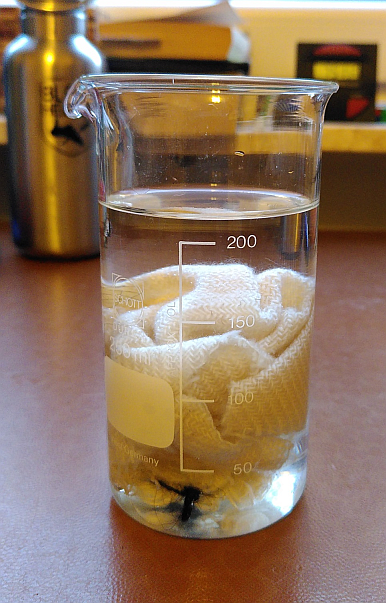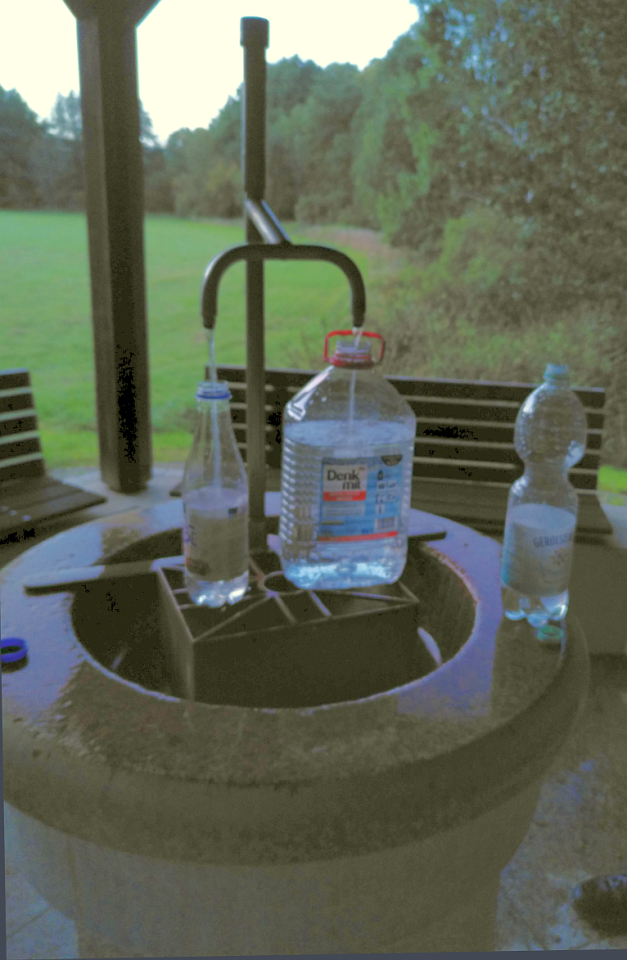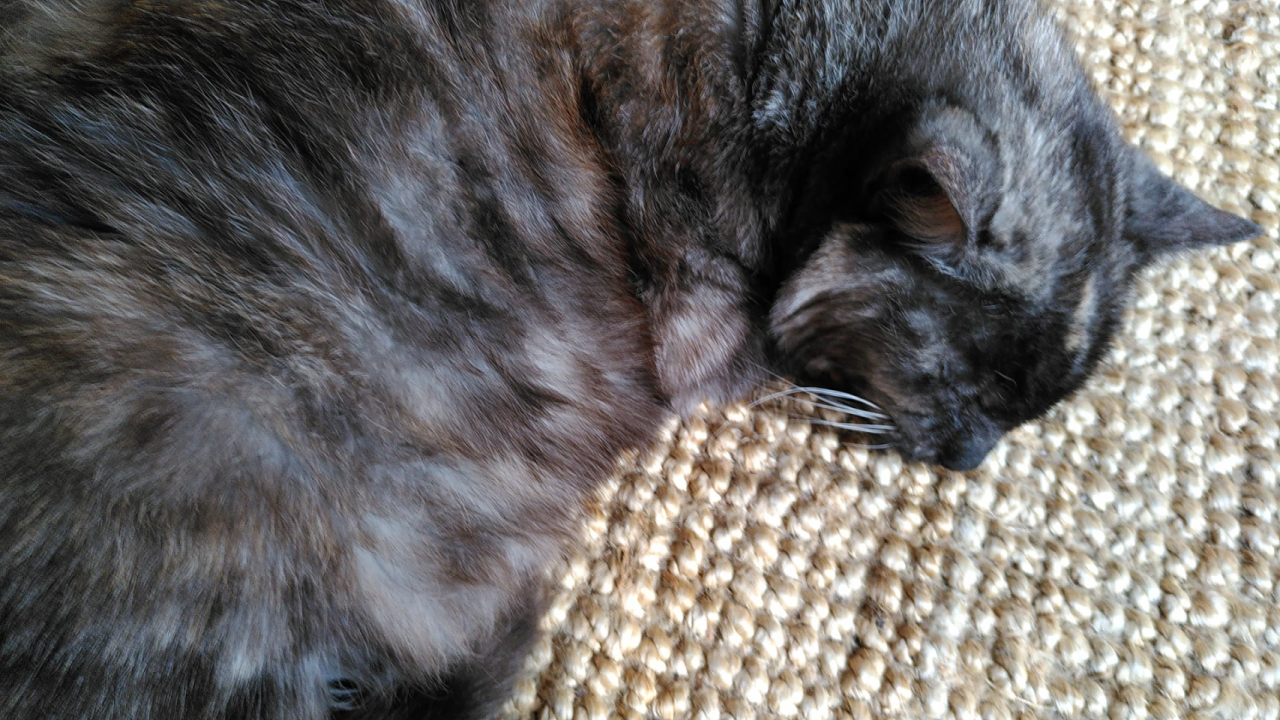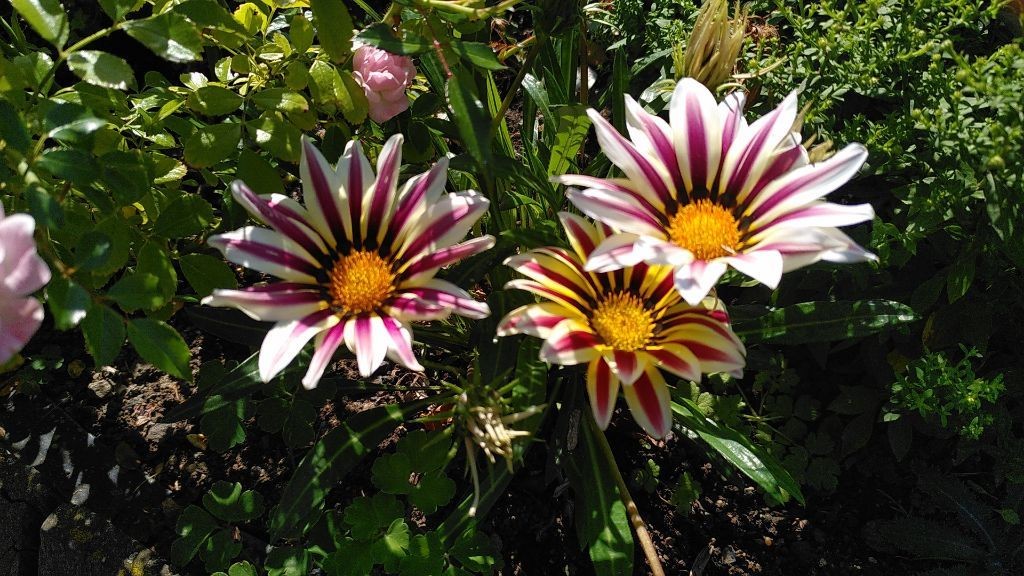There I was, telling you I'd be back here on the blog yesterday... and then somehow the day went by, with a lot of things done (catch-up-stuff still left from my trip to the conference) and I completely forgot to blog.
Even though it's on my trusty to-do-and-reminder list... but, ah, that only helps if one looks at it as the workday draws closer to ending. Otherwise... well. Like not looking at the calendar and then promptly forgetting about dates.
So... what was happening here?
Lots of things. I went off to Romania, for a conference about Eastern European Traditional Textiles... hoping to learn some more about them (as I was rather blank on that topic), and make some new acquaintances to get better network possibilities into the East. Both plans did work out, to my great delight! I had a wonderful time looking at splendidly embroidered shirts, doing a little hemp processing, taking part in a dyeing workshop that included some dyes I'd not had contact with before, and visiting the wonderful museums in Băiţa and Sibiu.
While I was away, the little cat felt a bit under the weather... apparently she managed to catch a cold, which made her appetite about non-existent. She spent a few days just sleeping and eating very little, but she did pull through - and the plus side of her spending a few days only sleeping is that she rested her right back leg enough with that to let it recover from whatever sprain it had. Now we hope the rest of her cold will pass quickly so she can go back to her usual upbeat self.
She's at least fit enough again to conquer her favourite sleeping spots (which all have conquering aids for her now - ramps or steps, for easier access, since the jumping powers of probably-around-18-years-or-older cats are, let's say, limited...)
Meanwhile, planning for the Textile Forum is also happening, there's a demonstration coming up where I will be showing tablet weaving (which has to be prepared), orders have been sent out and more prepared to follow their chums today, and some more planning has been done - which I'll tell about tomorrow.








